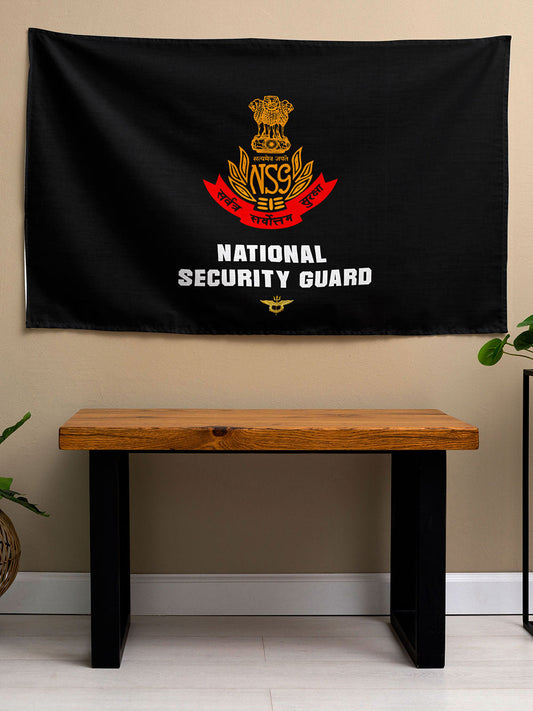India to Develop Standardized Civil Defence Guidelines After Drill Discrepancies During India-Pakistan Tensions

The Government of India is in the process of creating new standardized guidelines for civil defence drills across all states, addressing the shortcomings observed during recent exercises conducted amid India-Pakistan tensions. An internal circular from the Directorate General of Civil Defence, Fire Services and Home Guards (DGFSCDHG) highlighted significant issues in preparedness and coordination during these nationwide drills, marking the first such exercises in over twenty years.
The drills, named Operation Abhyaas and Operation Shield, took place on May 7 and June 30, focusing on potential air raids involving drones, missiles, and aircraft, with a particular emphasis on border cities and civilian areas. The exercises included rare city-wide blackouts and the installation of air raid sirens in major urban centers like Delhi. However, officials noted a lack of consistency, as several states diverged from the set scenarios or conducted unrelated exercises such as fire and hijack simulations.
To address these issues, the DGFSCDHG has begun recruiting three subject matter experts to develop a detailed civil defence manual within six months. This manual aims to provide state governments with a standardized approach to handle air raids, drone attacks, and mass-casualty emergencies. The initiative comes in response to confusion over protocols, unreliable siren systems, and misaligned drills that did not account for modern asymmetric threats, such as drone strikes, as demonstrated by Pakistan’s drone bombardment in retaliation to India’s Operation Sindoor.
Officials have identified outdated procedures, the absence of threat-specific siren systems, and nonfunctional communication hotlines as critical deficiencies. Some states, particularly those distant from the borders, lacked operational air raid warning systems, resorting to generic alarms meant for water tankers instead.
A senior official emphasized the need for distinct siren signals for different threat levels and clear instructions for citizens in each scenario. He highlighted the importance of consistency and urgency, given the evolving nature of modern conflicts, which increasingly target civilian areas.
A letter dated May 27 from the DGFSCDHG to all state chief secretaries confirmed the identification of “critical gaps” during the May 7 drill, though specific issues were not publicly disclosed.
Currently, India has about 500,000 civil defence volunteers trained for emergency situations. In response to recent events, the government plans to increase this number to 1.5 million. The Ministry of Youth Affairs and Sports, in cooperation with state governments, is conducting camps to recruit additional volunteers. A nationwide review of volunteer strength and civil defence infrastructure is anticipated in the coming months.
The forthcoming guidelines are expected to form the basis of a unified national civil defence strategy, enhancing readiness for future conflict scenarios involving both conventional and unconventional threats.



















